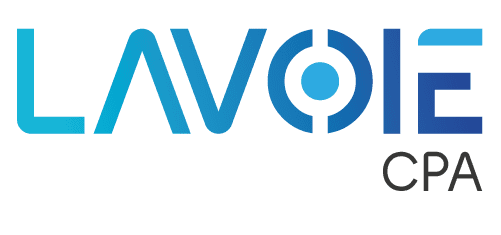Developing a strategic financial plan can seem daunting; however, it can be boiled down into two questions: what are you doing now and where do you want to be? This article walks you through the process of answering these two questions, providing a foundation for developing a financial strategy for your organization.
Question 1: What Are You Doing Now?
Every journey has a starting point and an ending point. Before you can implement a plan to achieve your financial goals, it is important to consider where you are now.
Current State of the Numbers
The current state of your organization’s numbers are a good starting point when determining your organization’s capability to meet its financial goals. Some important questions to ask include:
- Are you in a position of stability? Financial stability is vital to reaching “stretch” goals. If the organization is not currently financially stable, it is important to identify this fact and develop a strategy for achieving stability as a first step in the planning process.
- What is actually coming in/out the door? Knowing the size of the company’s cash reserves is not enough for financial planning. How much revenue is coming into the organization and how much is going out again as expenses?
- What is fueling the majority of your expenses? While increasing sales is one way of improving the organization’s financial footing, the ability to do so depends on the market and potential customers. Identifying and minimizing expenses increases profits as well but is less impacted by external factors.
Culture
Achieving financial goals requires the support of the entire organization. Take a moment to consider your organization’s culture and if the company has the maturity and ability to meet its goals.
- Do your decisions match your vision and mission? An organization’s goals and procedures are important, but actions are even more so. Are your decisions, both recent and historical, helping to move the organization towards its goals?
- Would your employees agree? Employees throughout the organization can have different perspectives, insights, and recommendations. Ask those “down in the weeds” how well the company is following its vision and mission and how they believe things could do better.
Question 2: Where Do You Want To Be?
The effectiveness of a strategic plan can only be effectively measured if there are usable metrics. Before starting to build a plan to improve the organization’s financial position, it is necessary to define success and failure.
Targets
The first step in defining “success” for a financial strategy is defining concrete targets. From there, the next question to ask is what do you need to achieve your targets?
- Human Capital. Does your organization have the human capital necessary to achieve its goals? This not only includes headcount but access to the specific skill sets required now and in the future.
- Acquisitions. Does your organization have the capabilities that it requires? Are there areas of your business where things could be done more effectively or efficiently?
- IT Investments. The IT landscape is evolving rapidly, and new solutions have the potential to dramatically improve operational efficiency and effectiveness. Are there any IT investments that the organization should make that would help in reaching its targets?
Expenses
A failure to properly monitor and manage expenses is one of the most common ways that businesses fail to achieve their financial goals. Gaining visibility into past, present, and future expenditures is an essential part of financial planning.
- How can you gain more visibility into your expenditures? Visibility into expenditures is essential to identifying opportunities for optimizations and cost cutting. How can you achieve a higher level of visibility into business operations?
- Do you have an idea of your cash flow on a daily, weekly, and monthly basis? What level of visibility do you currently have into your organization’s cash flows? Examining cash flows at the daily, weekly, and monthly level can help to identify potential inefficiencies and opportunities.
Beginning Your Strategic Financial Plan
Answering the questions that were asked in this article enables you to lay the groundwork for developing your organization’s financial strategy. To learn about the next steps in your financial planning process, download the CEO’s Guide to Strategic Financial Planning.


